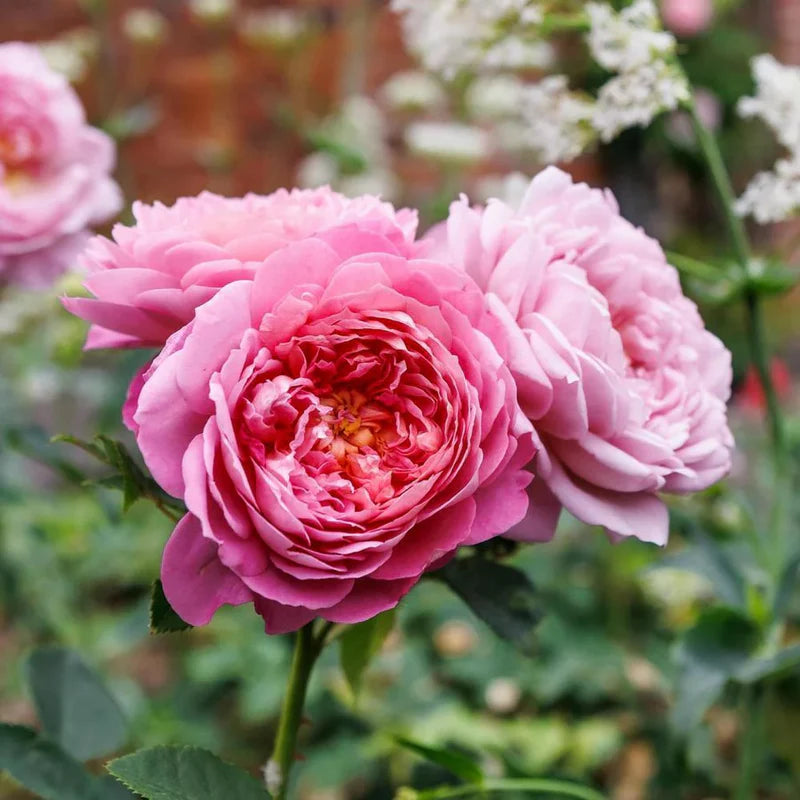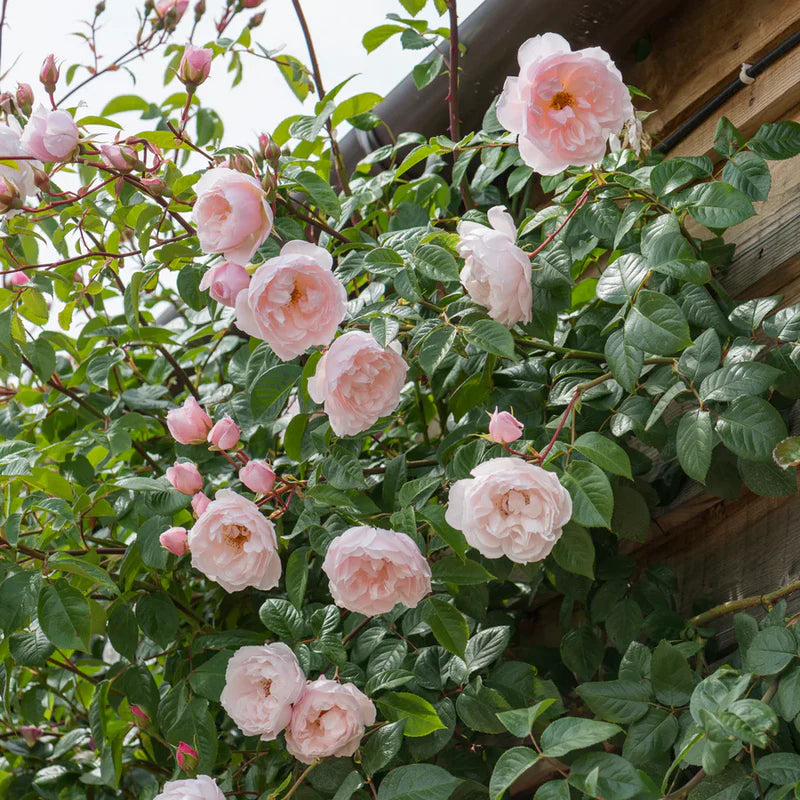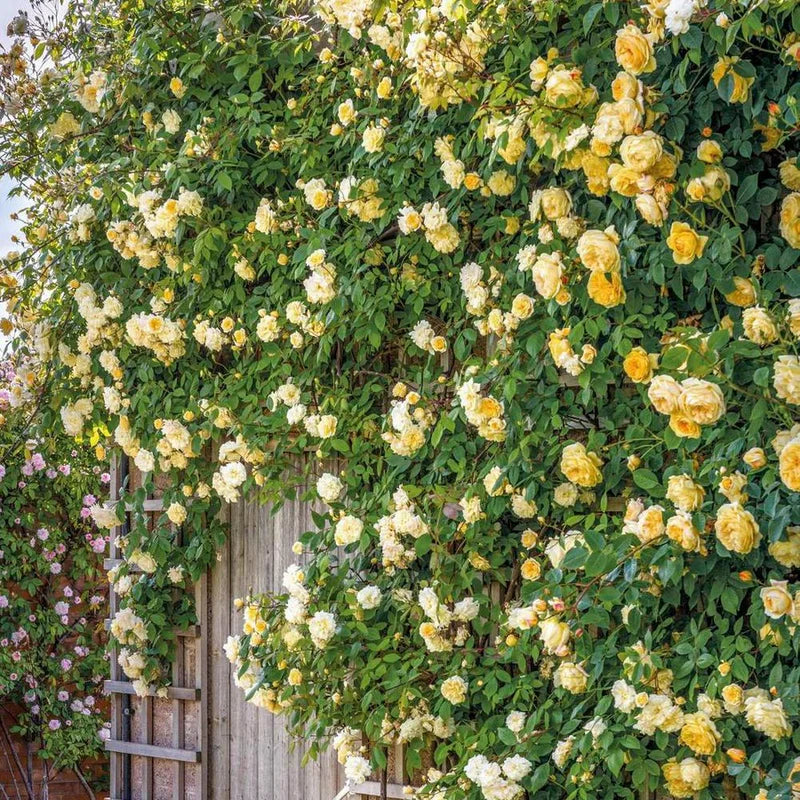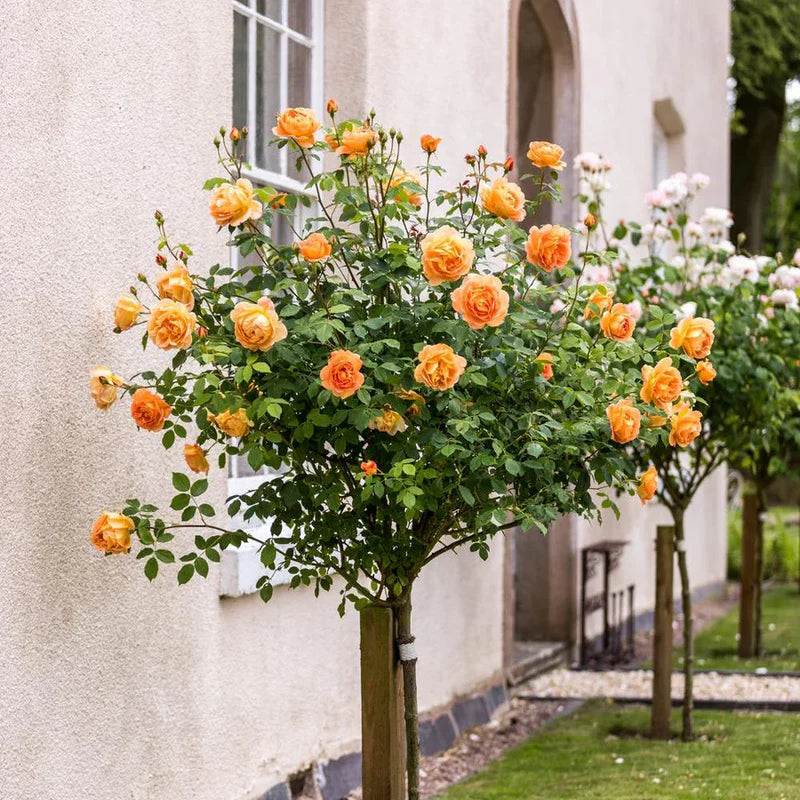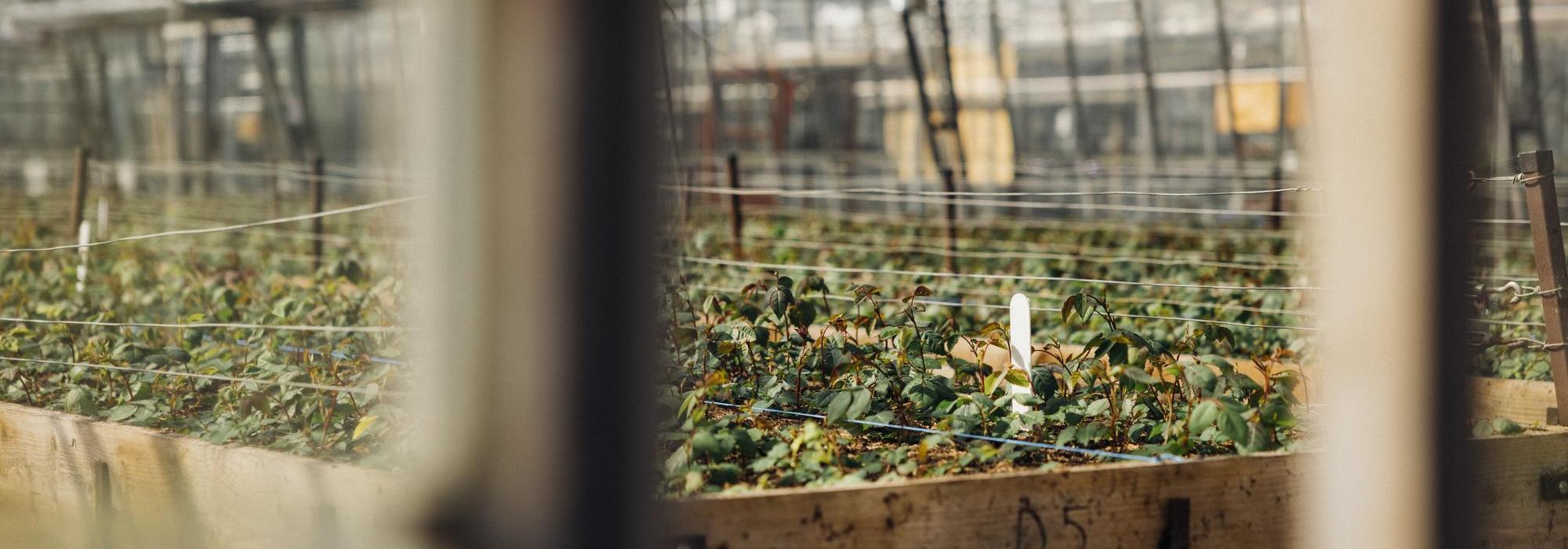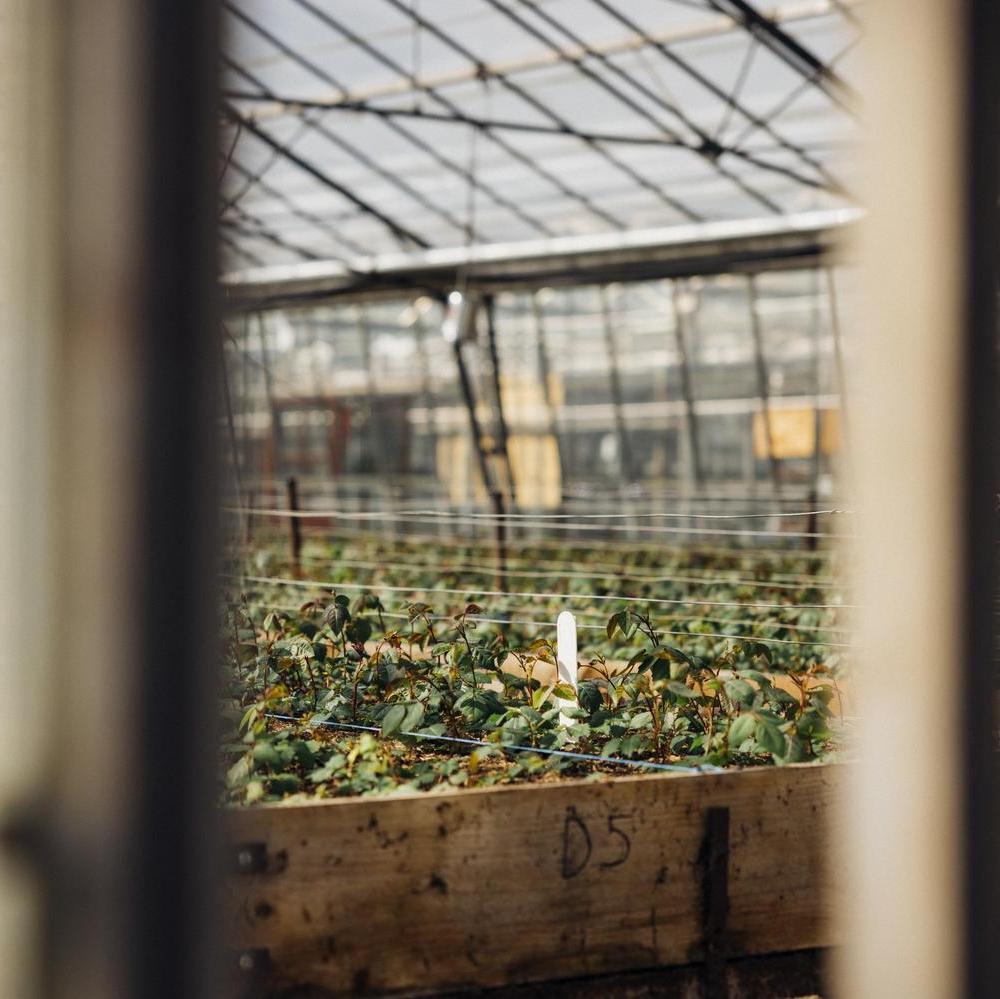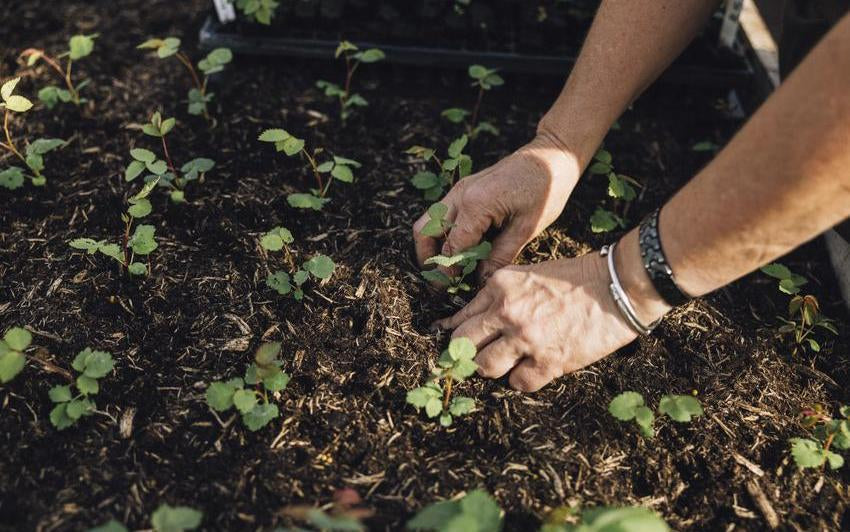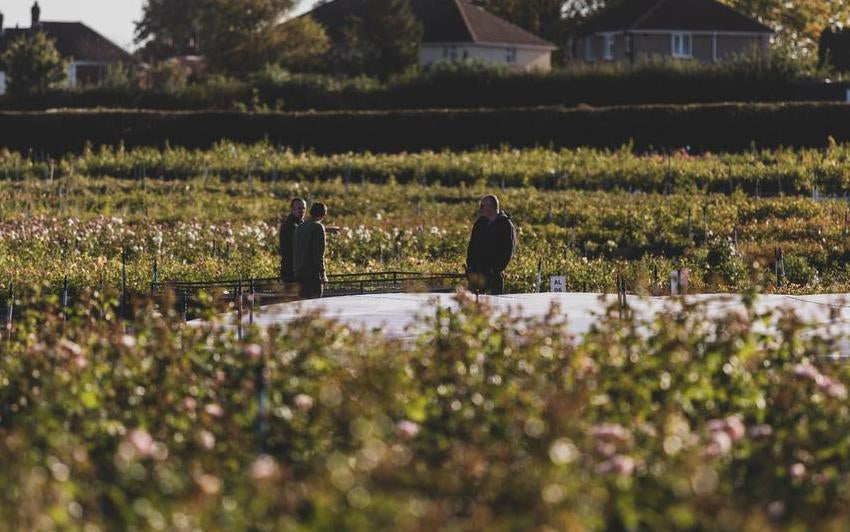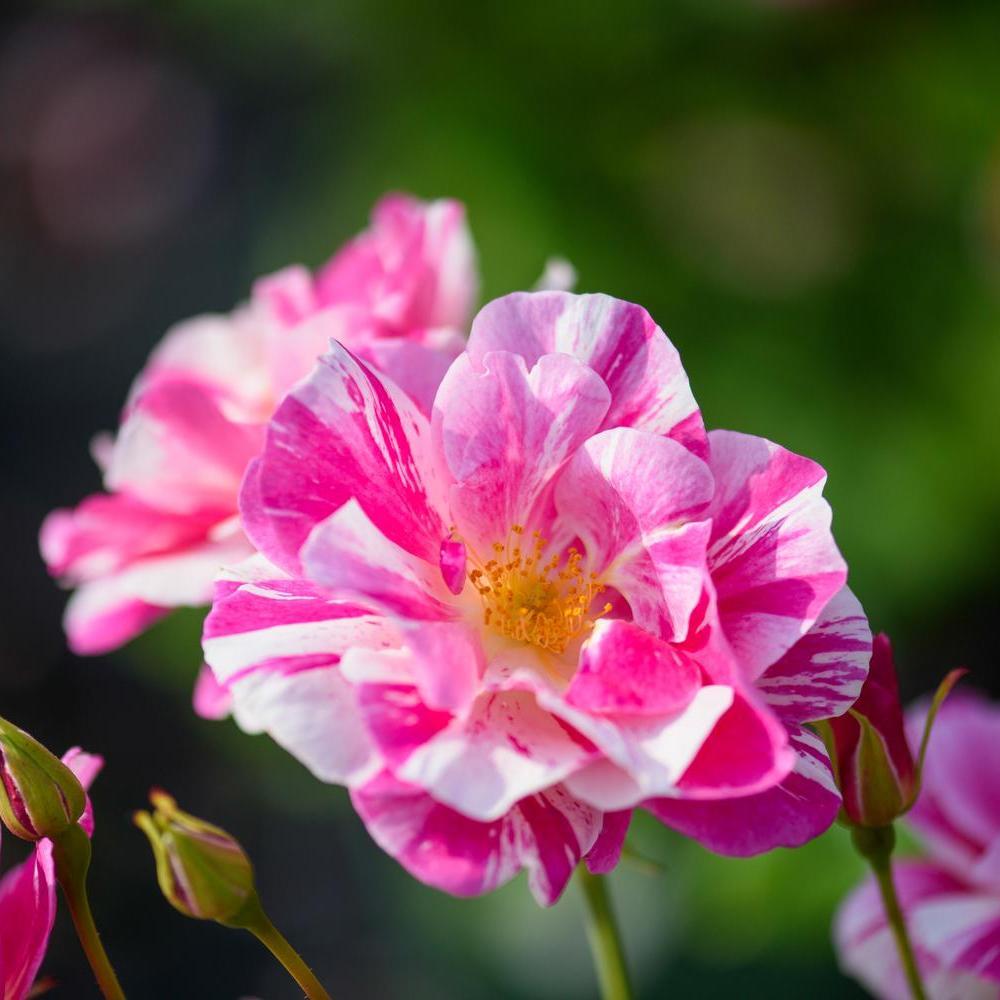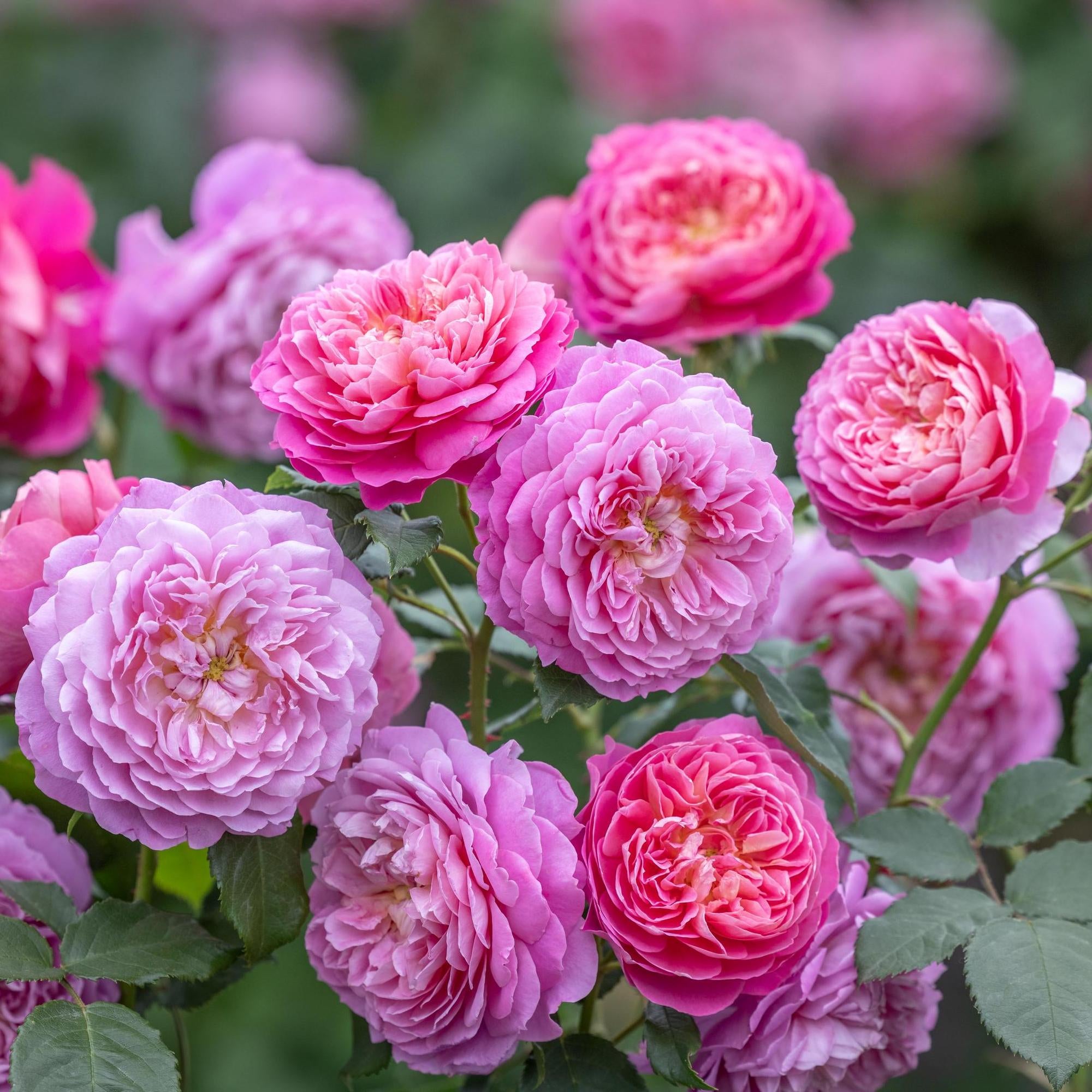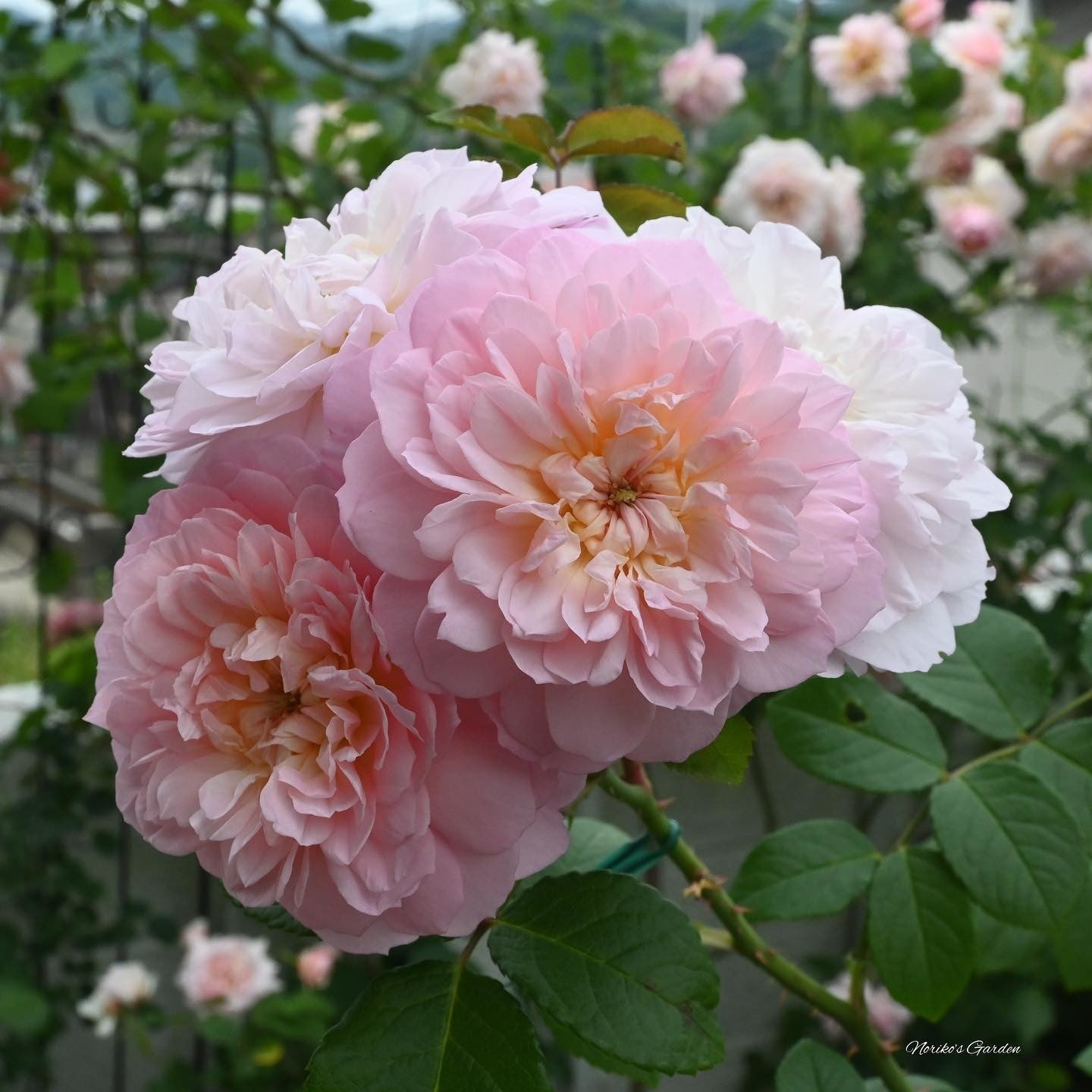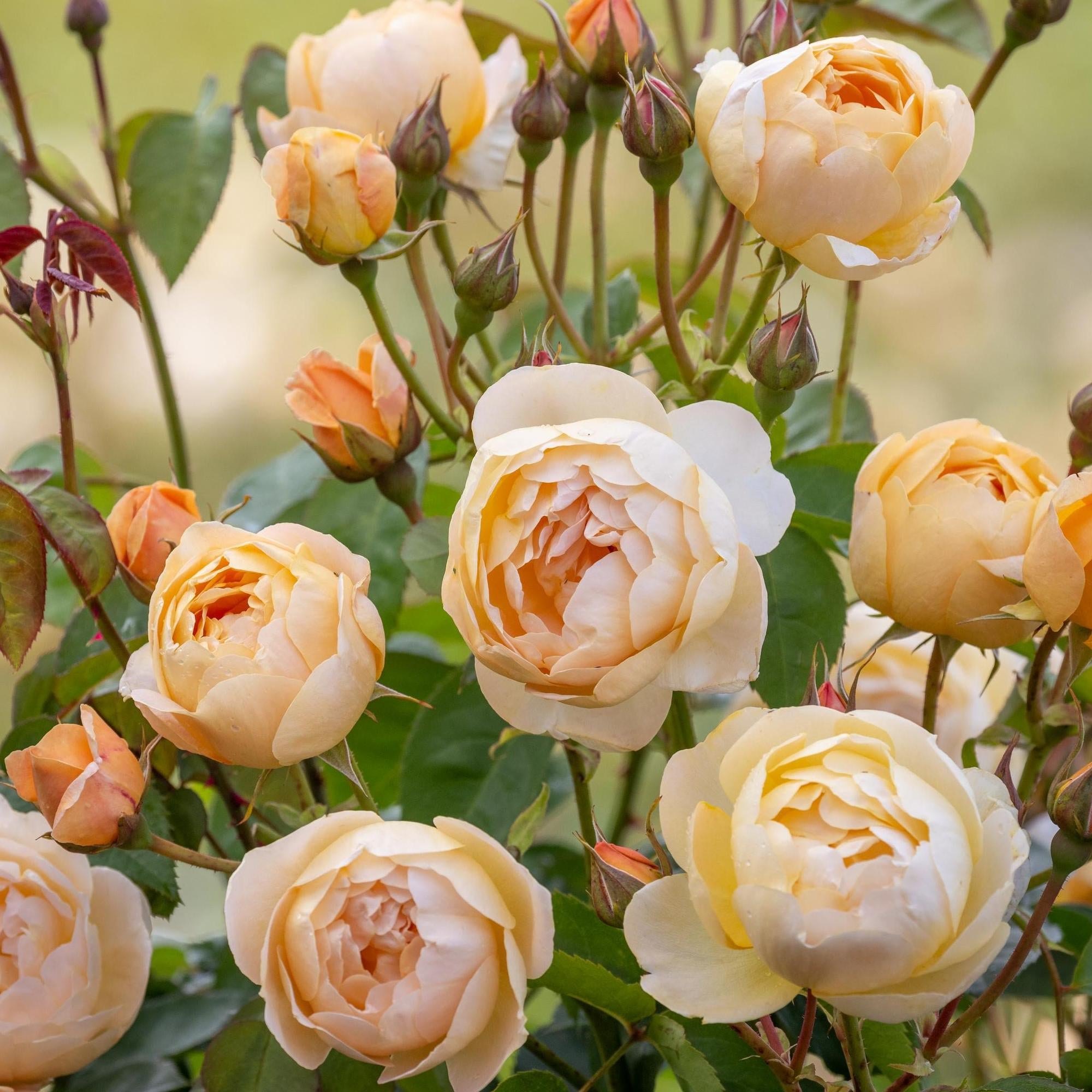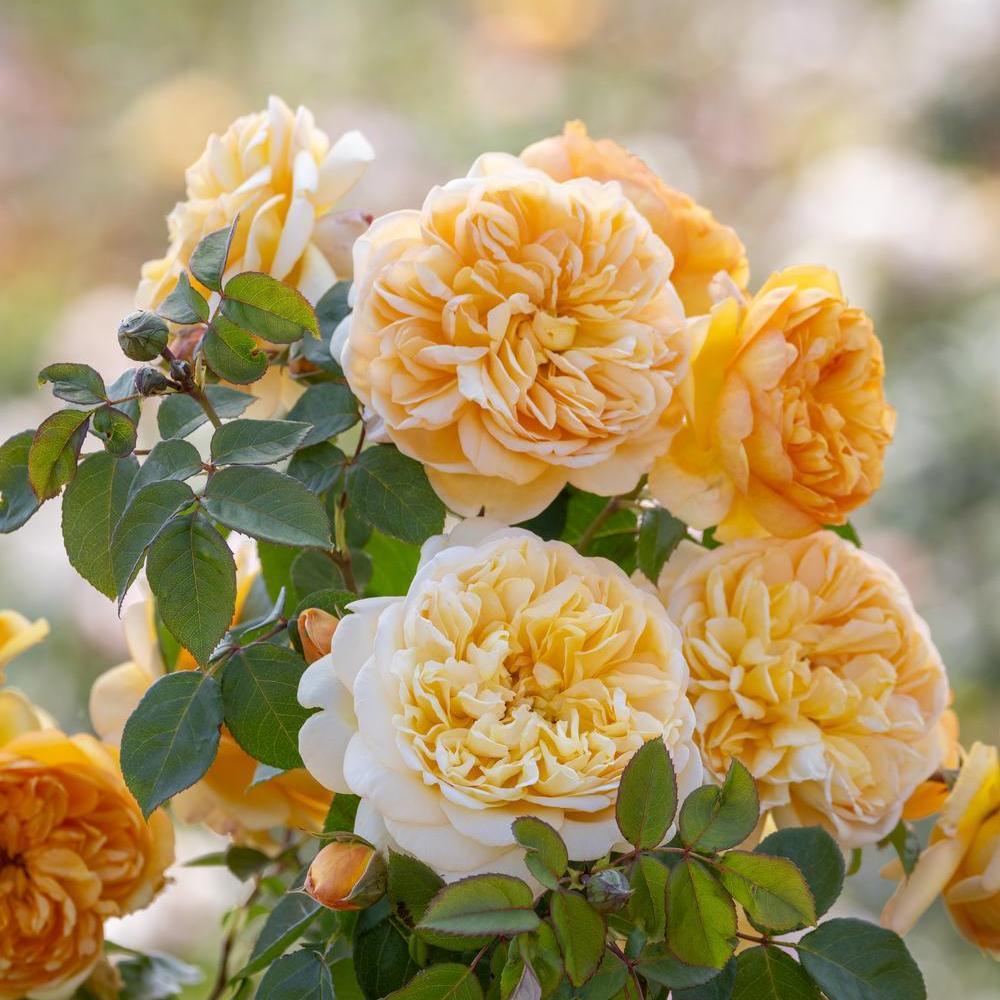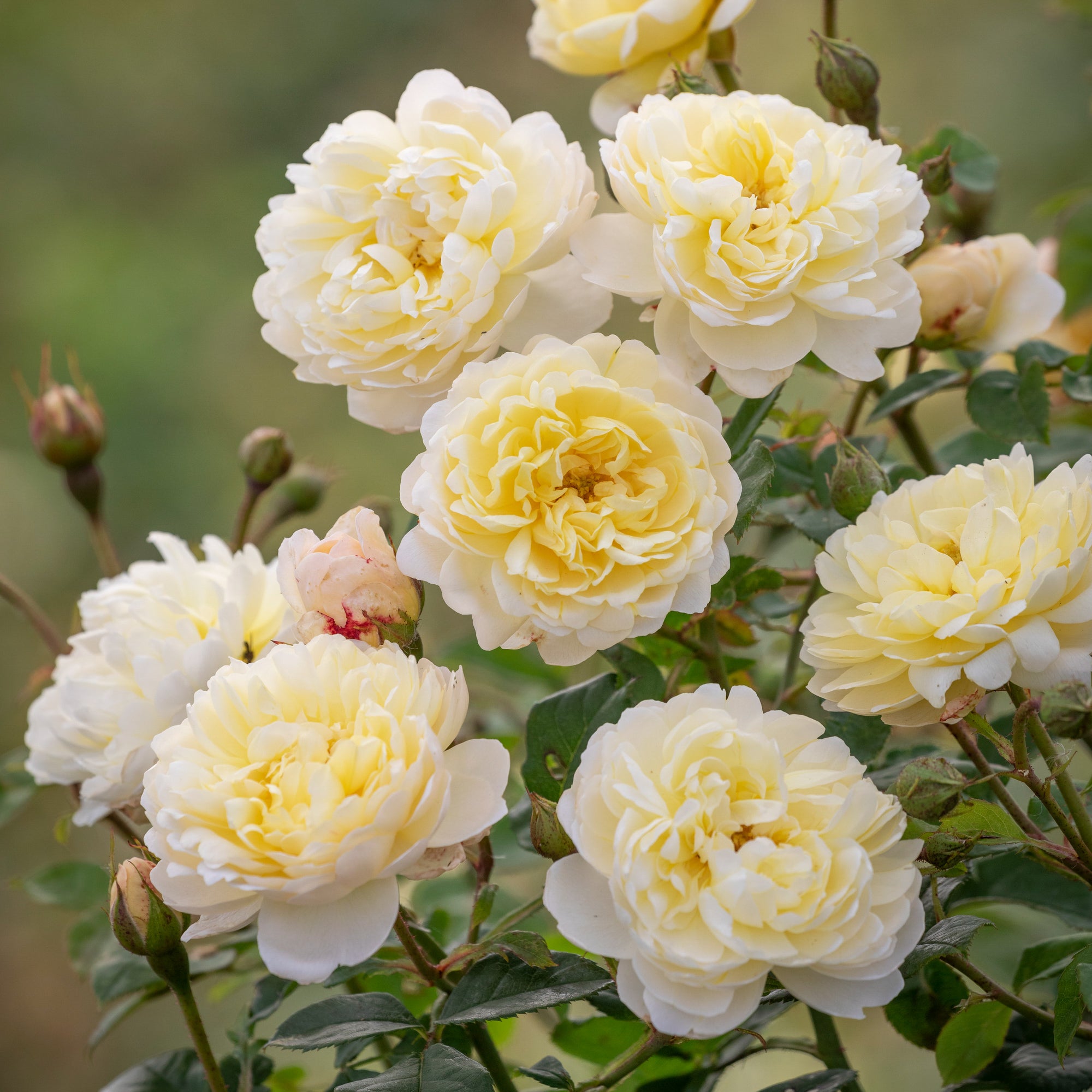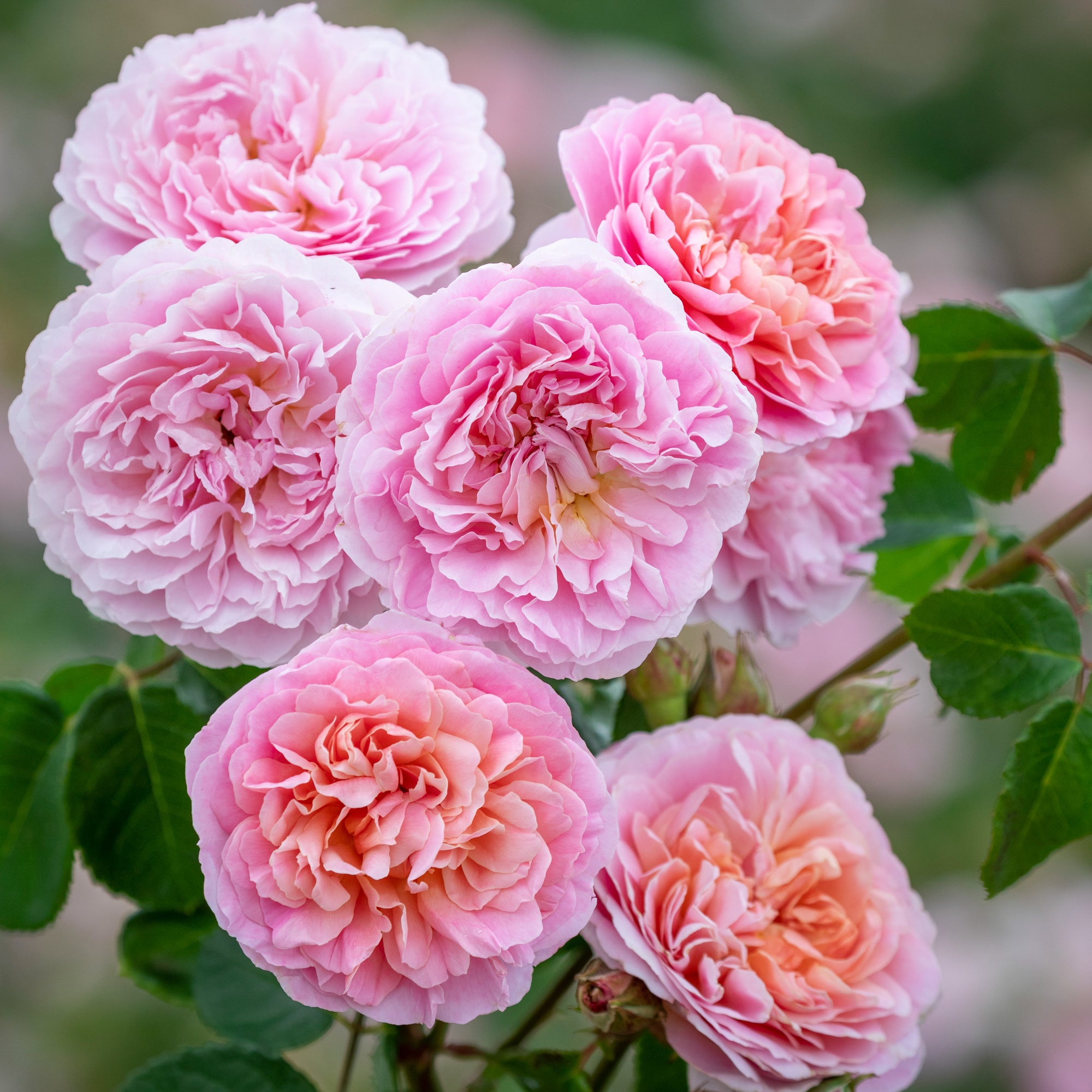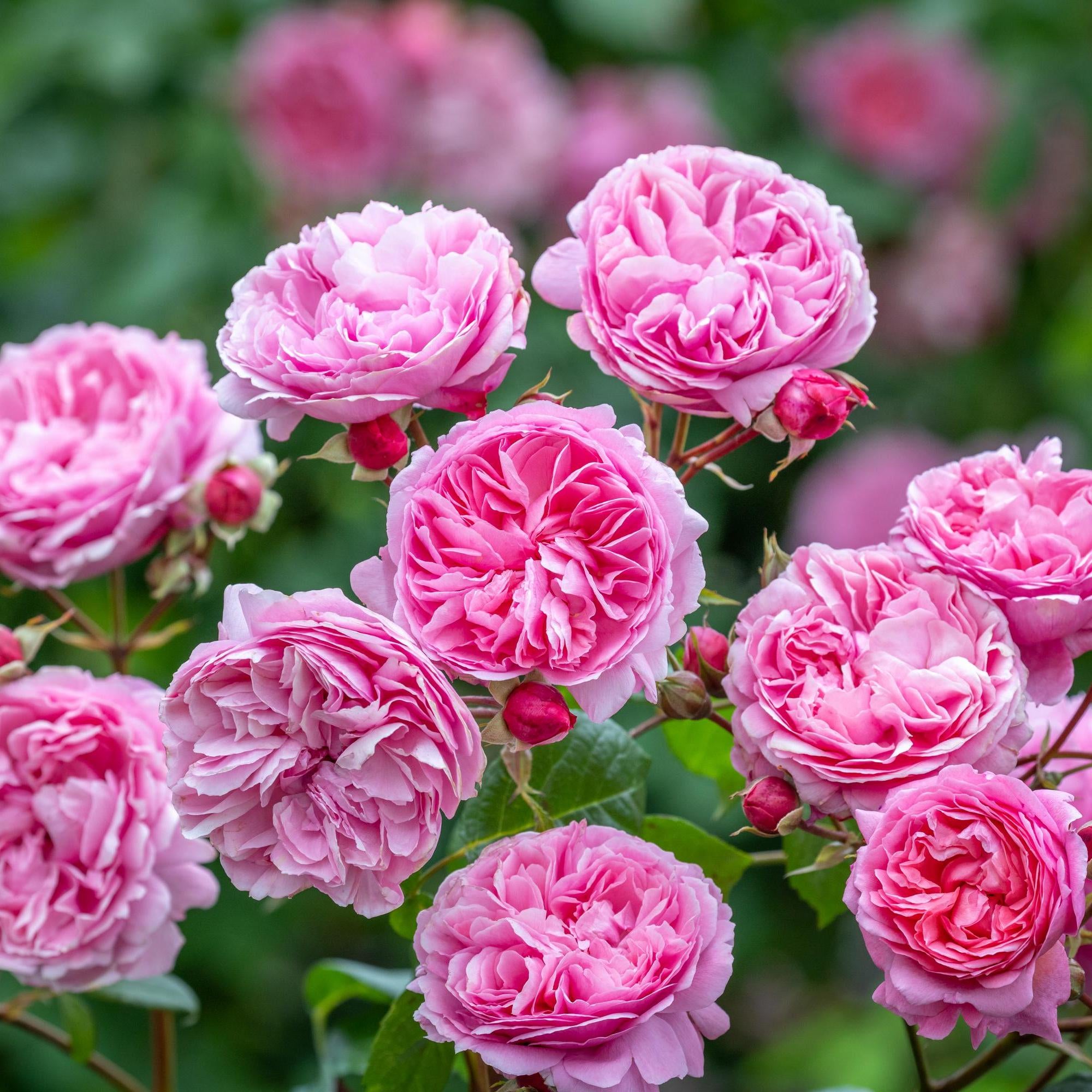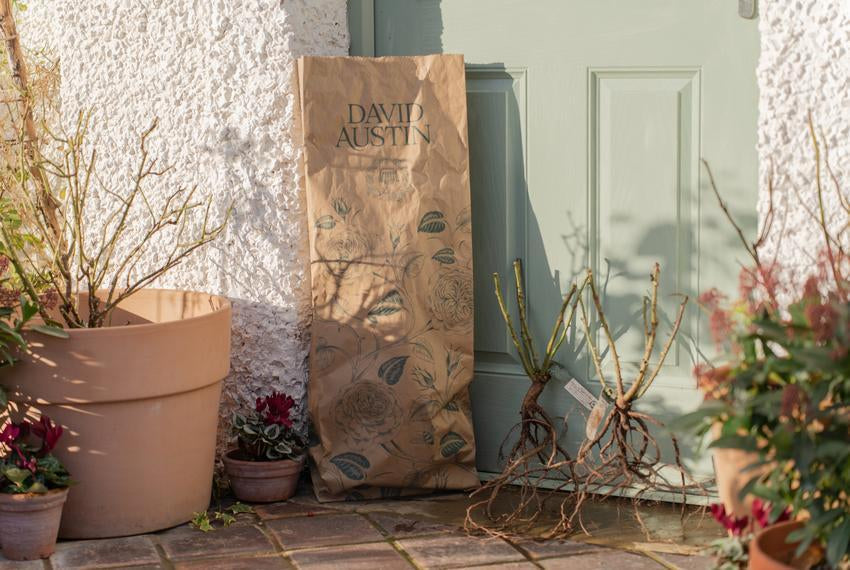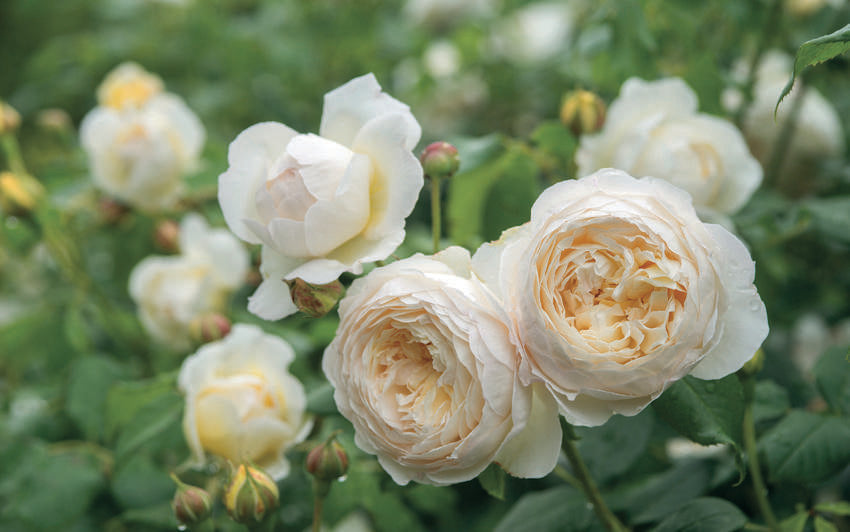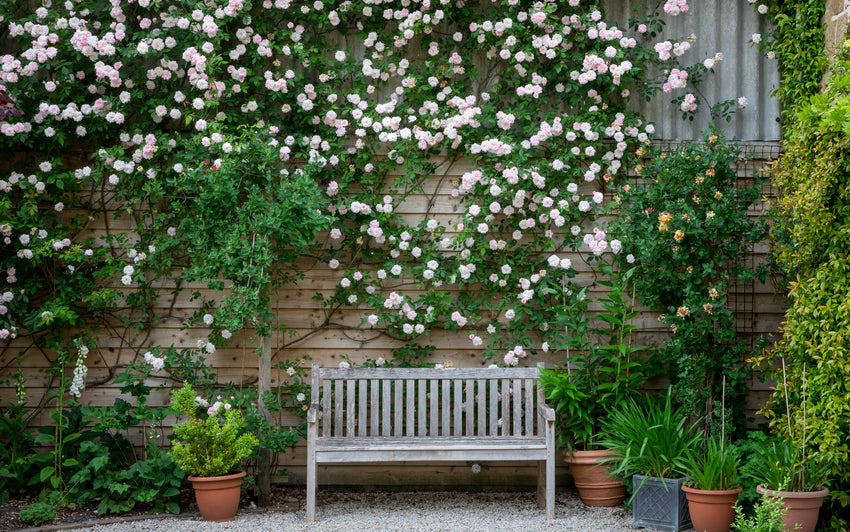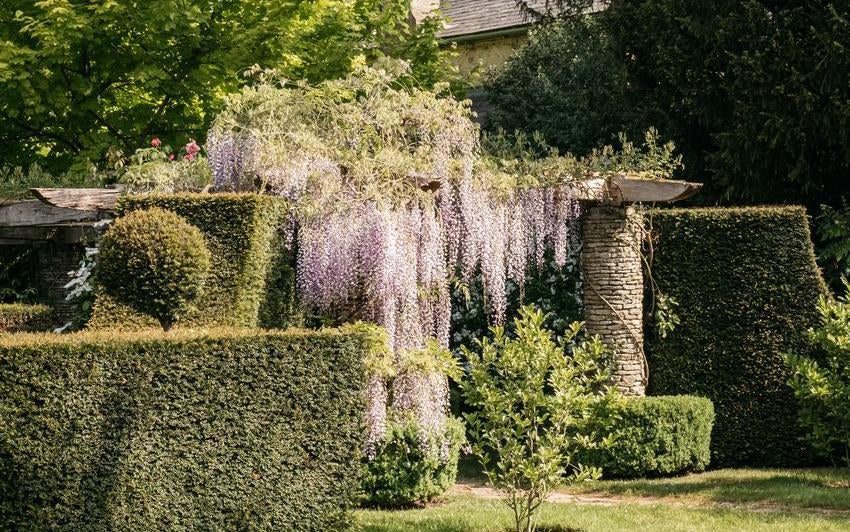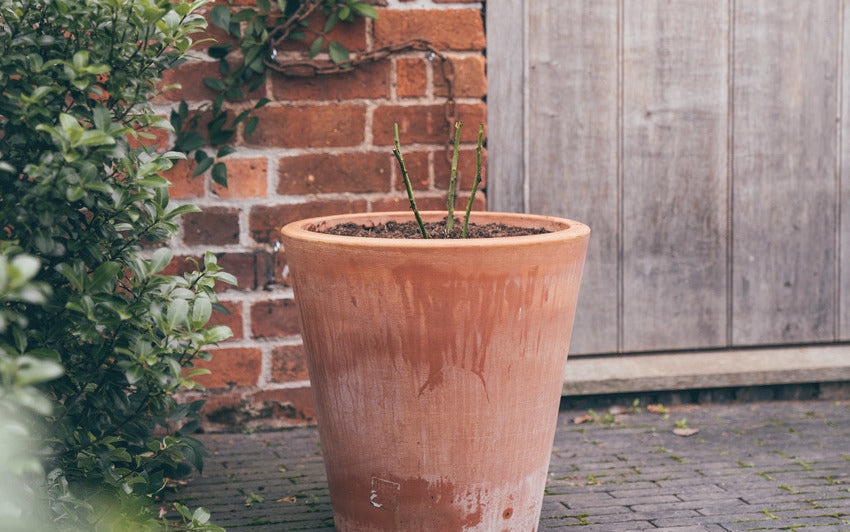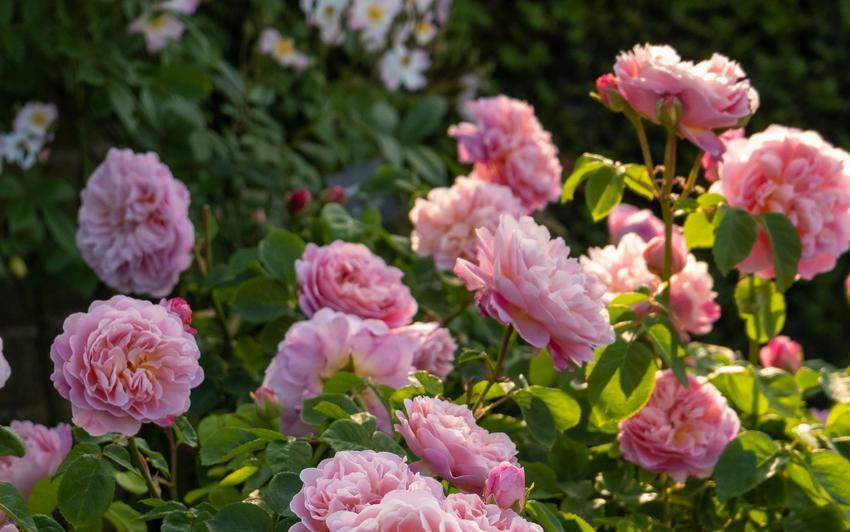A new English rose, over a decade in the making, is ready to make its debut in the Great Pavilion at the Chelsea Flower Show. After years of careful cultivation, it will finally share its beauty with the world in full bloom, for the very first time.
The journey to this moment is long and exacting. From the initial pollination to the day it graces a garden, breeding a new English rose takes twelve years. Every season matters; there are no shortcuts. It demands patience, precision, and a dedication that never wavers, year after year.
For over sixty years, we’ve refined this process, and today, our breeding programme is among the most extensive in the world. But at its core, the essence remains unchanged: observe closely, select carefully, and never introduce a rose unless it truly earns its place.
The Parents: Where It All Begins
Every rose starts with a carefully chosen pairing of two parent plants. This is the first step in the journey, and it’s where the story of each rose begins. The parents are selected for their unique qualities - one might have a rich, lingering fragrance that fills the air, while another might be resilient, blooming beautifully even in challenging conditions. Some may be known for their beautiful colour, others for their graceful growth habits. The challenge lies in matching these traits to create a rose that embodies beauty, strength, and character.
Choosing the right parents is not a simple task. Sometimes it’s an instinctive decision, based on years of experience and an understanding of what works together. Other times, it’s methodical, with a more deliberate focus on traits we want to pass down. But one thing is always true: it’s intentional. The goal isn’t novelty for the sake of novelty, but to craft a rose that’s truly special - one that will stand the test of time and earn its place in gardens for years to come.
Hybridisation: The Art of Pollination
Once the parents have been selected, the process of hybridisation begins. And this is where it gets hands-on. Pollination is done entirely by hand, with care and precision. A small knife is used to gently remove pollen from the first parent, and then, with a fine paintbrush, the pollen is carefully transferred to the stigma of the second rose. Each pairing is recorded, labelled, and protected. In any given year, around 40,000 of these crosses are made, one flower at a time.
As summer rolls on, the rose hips begin to swell, ripening slowly. Inside each hip is a seed that carries the imprint of both parents and a tiny, unknown world waiting to be discovered. These seeds represent the potential of something entirely new.
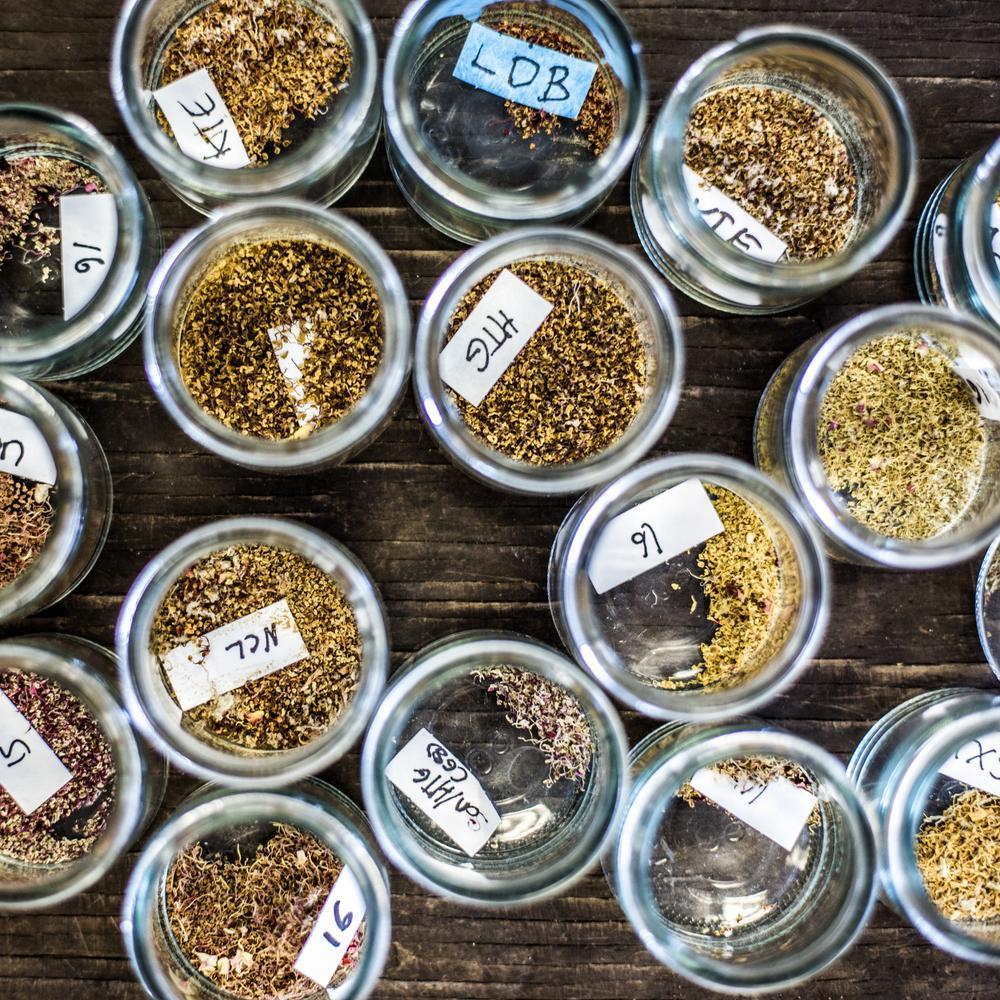
Sowing the Future: The First Signs of Life
Winter brings a quiet pause as the rose hips are harvested and the seeds inside are cleaned, dried, and stored in cold storage. This mimics the natural winter chill that roses would experience in the wild. Then, come January, the seeds are sown into trays in our greenhouses and are carefully spaced, row after row, quietly waiting for the warmth of spring. Around 350,000 seeds are sown each year, each one unique and full of promise.
Not all seeds sprout at the same time. Some germinate quickly, while others take a little longer. But by spring, the first tiny leaves begin to push through the soil. Soon after, buds form, and the first hints of character begin to emerge. At this stage, no one knows what these seedlings will become. They are all entirely new, with no one having seen them before. It’s a moment full of possibility.
Early Selection: The First Cut
As the seedlings continue to grow, the first round of selection begins. This is where we start narrowing down the new roses on the field carefully. We evaluate each seedling on several key factors: the form of the flower, its fragrance, its colour, its foliage, and its disease resistance. We also look at its vigour and overall shape. Many seedlings may show promise in one area but fall short in others, and this is where we make tough decisions. Out of the original 350,000 seeds, only about 150,000 will make it through this initial round. The rest are gently cleared away. What remains are the seedlings that have truly earned a place through merit.
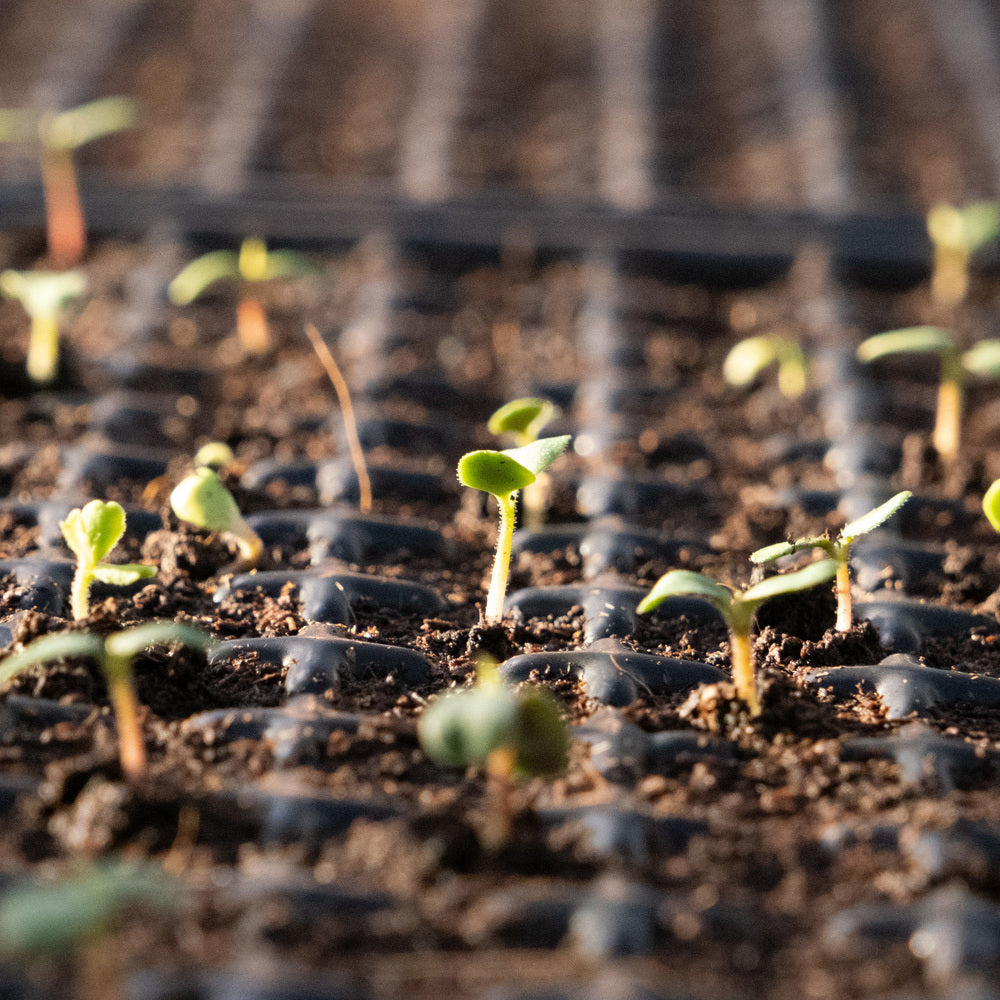
The Field Trials: Real-World Testing
The selected seedlings are then planted out in open ground, where they grow as full-sized bushes. This is where they really start to face the challenges of the real world such as cold springs, dry summers, heavy rain, and the full force of nature. No protection, no shelter. Just the elements. Over the course of five years, we carefully monitor their growth, recording everything. Some roses improve over time, while others start to show their weaknesses. A few quietly rise to the top, proving their worth. During this stage, we’re not just looking for beauty - we’re testing for resilience, repeat flowering, consistency, and overall character.
By the end of these trials, only ten roses remain. These are the ones that have survived and proven their worth, both in terms of beauty and hardiness.
The Final Selection: Where Only the Best Remain
At this stage, the remaining ten roses are propagated and grown on a much larger scale, with around 7,500 plants of each one raised. This is the final, most revealing stage of the journey. It’s no longer enough for a rose to shine as a single specimen. It must prove that it can perform across thousands of plants and still deliver on everything it promised during the trials. We assess everything again: uniformity, strength, scent, form, and health.
This final test is crucial. After every assessment, only one or two roses will be chosen for introduction. They must prove themselves not only in beauty, but in strength, reliability and consistency across thousands of plants.
Out of hundreds of thousands, just one or two will make it this far. They are the result of twelve years of careful selection, patient observation and dedicated work. A new rose is never introduced lightly. It must offer something truly special, a rose that earns its place in gardens for generations to come.

